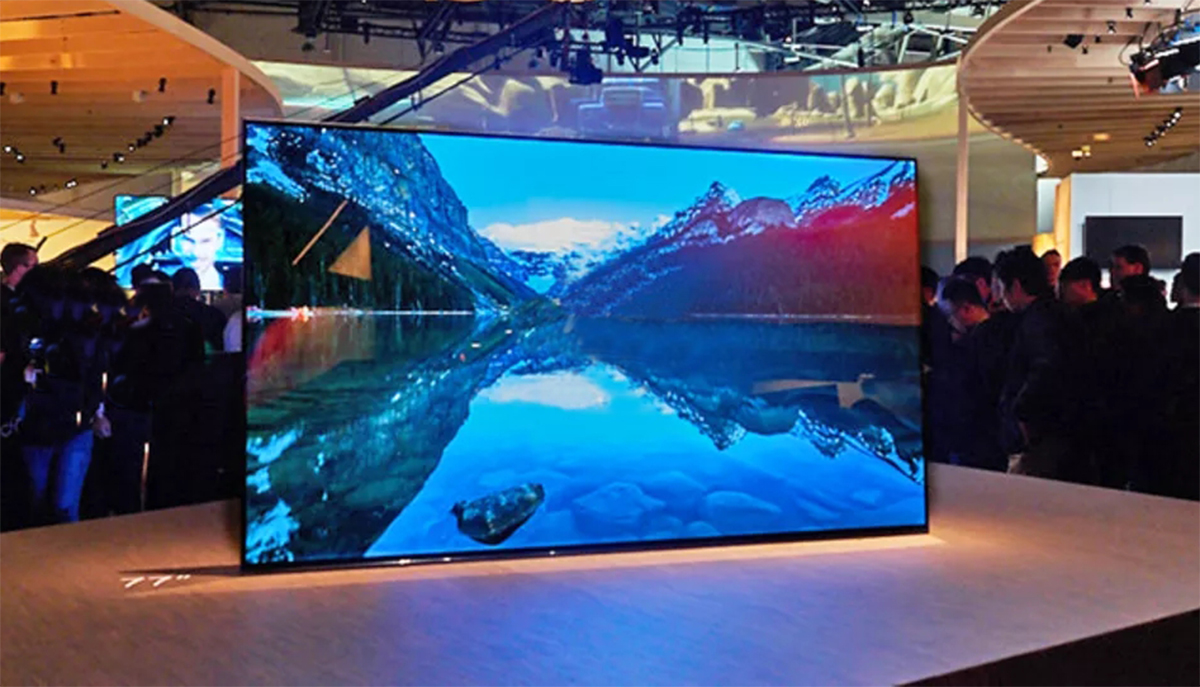
It’s been another two years, and yet, the lightest and thinnest laptops have not changed much. The televisions look the same, and they don’t seem to be getting any thinner. Mobile devices also seem to be stagnating. No laptop exists that is ultra powerful, has a decent sized screen, and weighs under 3 pounds. In 2 years, almost no progress has been made, bringing in the best ultrabook laptops still weighing between 2.5 to 3 pounds.
What does the future hold? Will there ever be a high-powered ultrabook that weighs under 2 pounds? What is the next major advancement in televisions? Will mobile devices ever solve their greatest challenges? How about a laptop that weighs under 1 pound, or even one that is as lightweight and thin as the latest cell phones? Or a cell phone that is as thin as a piece of paper?
These advancements may be possible, but not without some radical changes in material usage. The technology does exist, but the infrastructure to implement such radical changes, and the risk to the cash cow of an existing, effective sales and marketing model, is delaying the inevitable – and it may continue to delay for years to come.
The moment that a company finally implements the necessary radical shifts to create truly ultrathin and ultralight ultrabook clamshell laptops or the next generation of televisions and computer monitors, every other company will have to follow suit, or get left in the dust. The technological changes, testing, infrastructure, development, and marketing changes required will radically shift the computing industry forever.
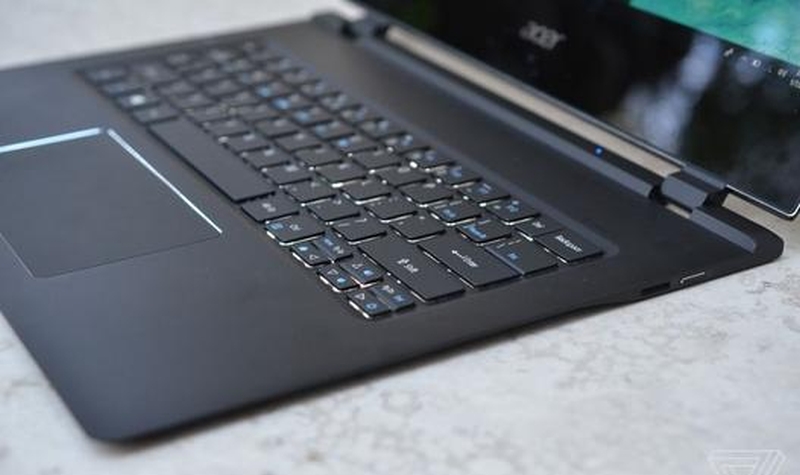
Once implemented, not only will laptops and ultrabooks be affected, but also pc users, tablets, and mobile device users will begin to demand the same new technology in their devices as well. Moreover, the internet of things will also follow suit implementing similar technologies throughout the stratosphere of consumer and business screen-based devices.
Additionally, all other screen-based devices including televisions will also follow suit, sooner or later. It is just the thing that a stagnating television industry needs to create the new consumer demand for a radically different technology that once inspired virtually every consumer in the world to move away from CRT televisions to thinner, more lightweight, higher resolution flat-screen televisions.
Delayed production of revolutionary technology
As a result, companies are both reluctant and hopeful for the future. Currently no one wants to be the first to the game to be either a total failure and laughing stock, or to become the envy and enemy of all the other companies forced to begrudgingly follow suit.
Some companies may even go out of business when they cannot afford the multi-million dollar infrastructure changes to keep up with the next technological shift, much like you rarely find RCA televisions, once ubiquitous during the CRT era. RCA TVs do still exist today, but they have been eclipsed by other flat-screen producers who beat them in the technological shift away from CRT technology.
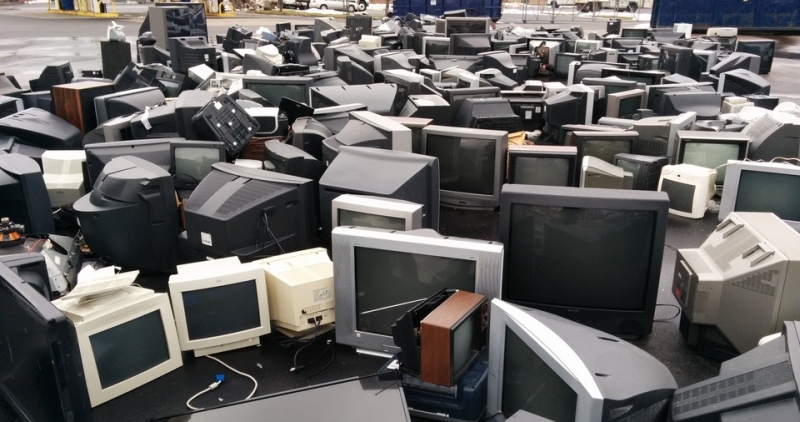
Then again, such starting power comes with an equal amount of hope – the first to succeed will lead the way and truly make a name for themselves which will go down into history as the next revolution in computing technology that forever changes the industry, much like the advent of flat screens shifted the entire industry away from behemoth CRTs. Companies like Vizio and LG have become a household name, while formerly being rarely known.
To reach this new pinnacle of technological advancement, we need to discover the reasons why high-powered ultrabooks seem to be capping at a mere 2.5 pounds and around 1/2 inch thick, televisions don’t seem to be going anywhere, and mobile devices seems to be stagnating. Once we are able to circumvent these limitations, we can surpass the apparent ceiling with leaps and bounds. Moreover, some of the benefits that result can truly transform the entire way that we use, carry, and transport our devices.
The screen is the greatest challenge of today’s devices
One of the primary and foremost limitations creating major engineering challenges in the advancement of lighter and more powerful devices is the screen. Traditional LCD screens are completely antiquated at this day and age. While producers are still working to get higher and higher resolution as the next selling point, the truth is that at a certain point, a higher resolution has virtually no impact on viewability, or subsequently consumer demand. There is only so high a resolution you can add to a 13 or 14 inch laptop screen or a 50 to 75 inch television at a normal viewing distance before the difference in screen quality is indistinguishable to even the sharpest hawk-like human eye.
4k is becoming more ubiquitous and desired, but not near as powerful as the shift to 1080p some years ago; so consumers are not near as excited to upgrade to 4k as they were to upgrade to 1080p. 4k does matter for the biggest televisions, in excess of 75 inches, but not by very much, since those televisions are usually viewed from a greater distance. The only thing manufacturers can really hope for is the “cool” factor of 4k, along with stunning videos playing on the 4k televisions in stores – which consumers may not aware look about the same on a 1080p screen as well.
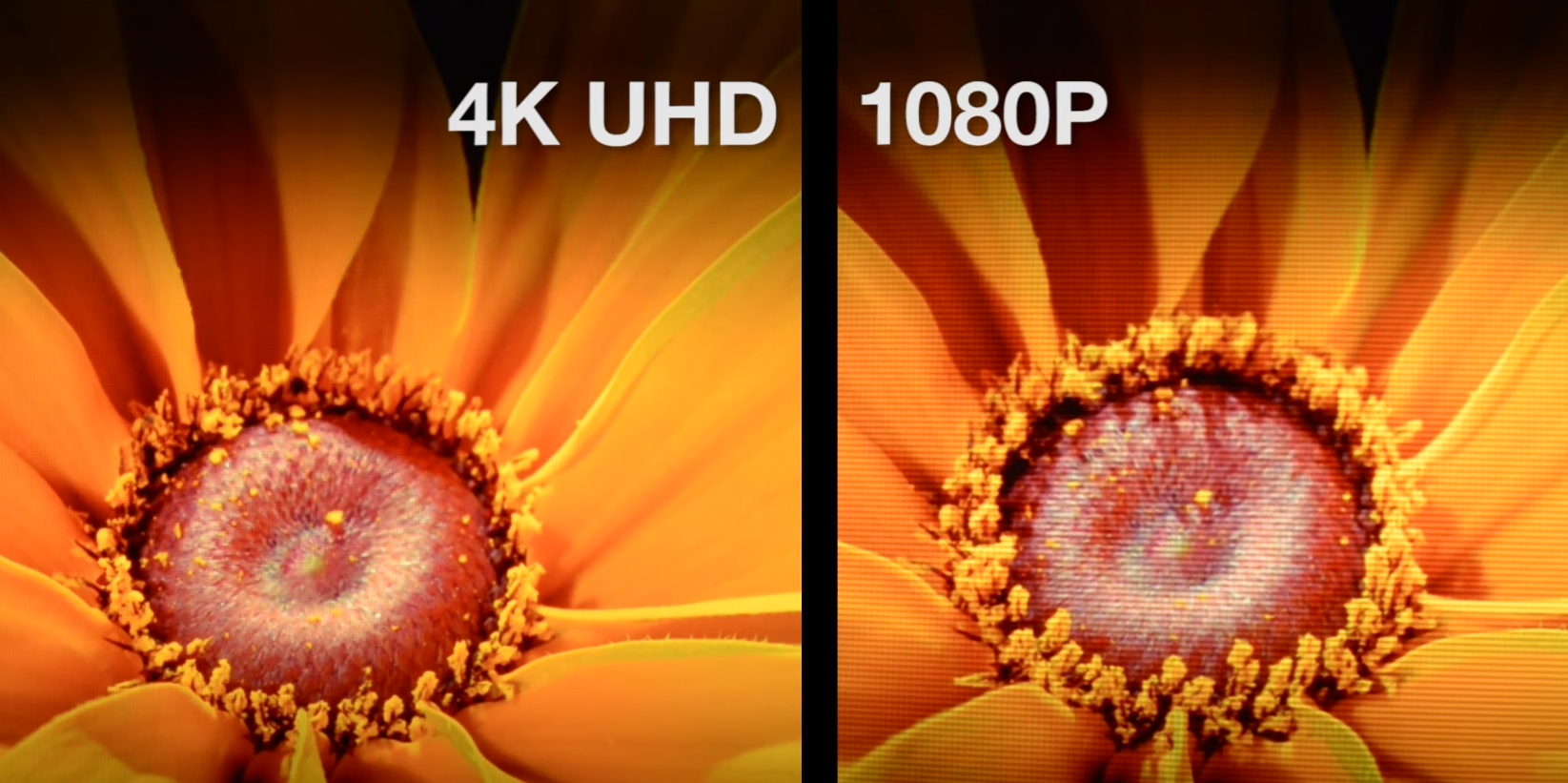
Moreover, after 4k, that is about as far as manufacturers can go. While 8k has already been out for some time, it has not made it to the consumer market largely because it would be pointless as 4k to 8k is practically indistinguishable. After 4k has saturated the market, there will be no greater advances in resolution to practically sell, from a manufacturer’s perspective.
Manufacturers also try to improve viewing angle, brightness, vividness, clarity, contrast, color count, and refresh rate – but still none of these updates are a particularly revolutionary change, nor do they solve the most glaring problem of mobile screens – no pun intended. Moreover, all of these specs are already fully implemented on most televisions.
Still, improvements on existing technology is nice, but it is barely anything to write home about anymore. As much as laptop manufacturers try to push 4k screens in 13 inch laptop, for example, consumers are rarely swayed, most recognizing no or very miniscule discernible difference between a 4k laptop and a 1080p laptop. 4k televisions are more hopeful; but after 4k becomes ubiquitous, higher resolutions will not matter.
In fact, any difference that is discerned between a tiny 4k and 1080p screen is often only in the imagination of the viewer as a result of a clever marketing strategy, since the human eye has its own limitations on how small it can perceive individual pixels. And few people can really notice a difference between a 4K or 1080p television at any normal difference. As for the other technological improvements like higher refresh rate or vibrance, few consumers are knowledgeable enough about technology to really care – even though these improvements may make a noticeable difference, albeit not particularly amazing.
There is also the issue with the fact that software limitations and poor video drivers and Windows software compatibility drives many consumers to regret getting even a 1080 laptop screen, since the aspect scaling is very poor and often results in blurry menus and text that is too tiny to read. Frankly, increasing pixel density is causing more problems than it is helping. As for televisions, the problem with increased resolution is much larger, because it requires video sources such as television and movies to also upscale their filming resolutions to even take advantage of the higher resolution screens.
Resolution and screen quality are not the greatest concern
On the other hand, again, none of these relatively minor issues cover the most glaring issue that has been one of the greatest problems of laptop screens – and even of all laptops in general – since the invention of the first LCD-based consumer laptop, the Epson HX-20 in 1980. The same problem has plagued every screen-based device from televisions to smartphones. It is the single greatest practical concern with computers and mobile devices today – but we do have a solution.
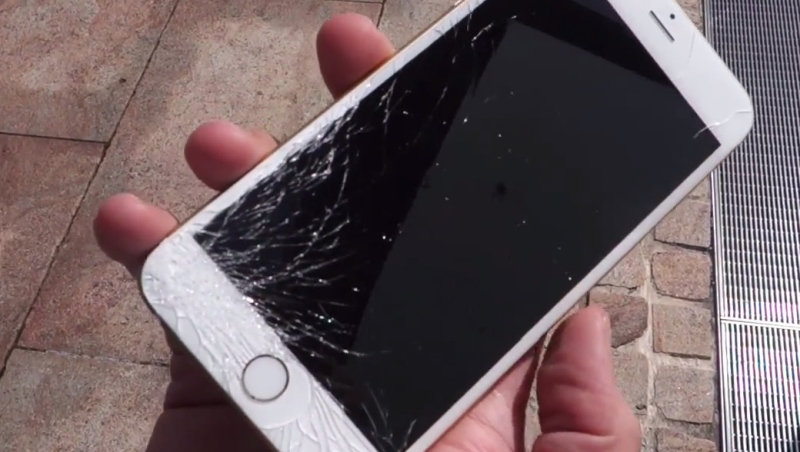
The screen is thin, yes. It is relatively lightweight, yes. But the greatest problem is that it is fragile. Being made of glass or some other material that is easily breakable, the greatest practical problem with laptops, televisions, and mobile devices is the perpetual fear that one day the screen will crack or get broken. Even under the most ideal conditions, simple wear and tear and stress fractures over time from opening and closing a clamshell laptop will eventually cause the screen to crack. This limitation severely impedes the use of laptops and mobile devices. As a result, few people avoid risking carrying around a laptop, and portability is hindered, due to the risk and fear of cracking the screen. But is this problem avoidable entirely?
A technology invented nearly a decade ago which still today has yet to truly be implemented in all its glory, has the capacity to entirely solve the greatest practical concern with screen-based devices forever. And in doing so, it solves not only the issue with the potential for breaking the screen, but it also solves the problem with limitations in thickness and weight. And no, we are not talking about holograms – although certainly that would be the next giant leap if ever possible. Unfortunately, holograms may be little more than fantasy, due the the physical limitations in retaining light in space without a physical shell by which to retain it in place.
The technology that will change everything
So what is this seemingly miracle solution? The solution that will help to revolutionize entire industries from computers to laptops to televisions to mobile devices to the internet of things, is the invention of thin, flexible OLED screens.
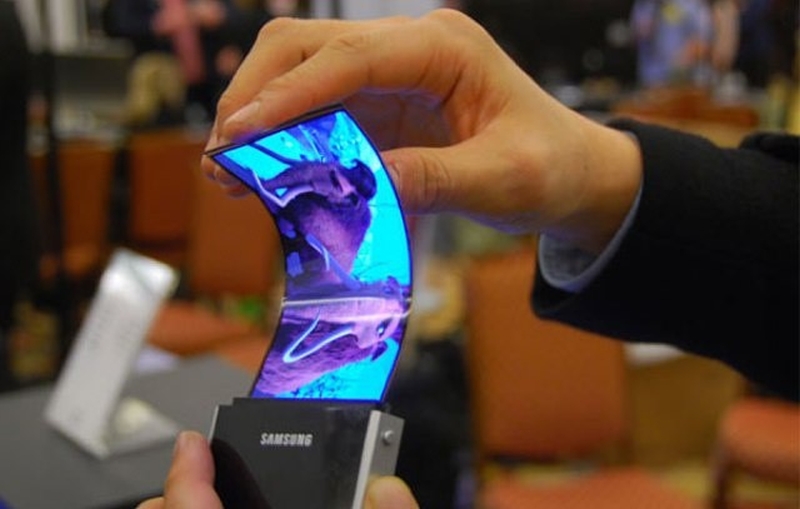
Developed back in 2009, consumers could see youtube videos of what looked like a laminated piece of paper, foldable, yet displaying a fully functional screen – even touch-capable. At first, some may have thought it to be a hoax, but it was certainly real. Over the last decade, many devices have begun to implement OLED, wrapping it around devices such as the edge of the Samsung Galaxy S6 Edge; but this barely tapped into the true power of OLED technology.
9 years after OLED was invented, in January of 2018, the first major consumer implementation of OLED was implemented when LG Electronics released the first rollable television. The screen of this television literally rolls up. It was demoed at CEO 2018,. and LG plans to release the first rollable television to the consumer market in 2020. Could you imagine your friend saying, “hey can you bring over your 200 inch TV for the BBQ this weekend?” Today, this would be completely impractical. But if you could just roll and fold it up, it wouldn’t be a problem at all.
Finally, LG displayed a 65 inch television at CES 2018 in January that can roll up like a poster and is as thin as a piece of cardboard – and this is for a huge television. For a cell phone or a laptop or ultrabook screen, it can be nearly as this as a piece of paper.
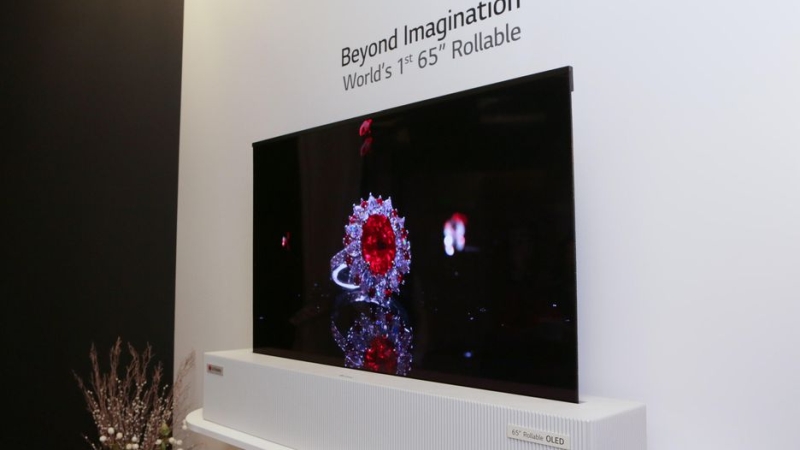
By implementing flexible OLED screens into laptops, it will solve the greatest problem of laptops and provide a new realm for engineers to work within to bring the weight, thickness, and durability of laptops to an entirely new level. The same goes for smartphones and other devices with screens.
OLED solves the greatest challenges of screen-based devices
Still, even ultrabooks are still faced with the same looming threat that the original 1981 Epson HX-20 laptop had to worry about – a broken screen. In fact, ultrabooks, unlike their thicker, sturdier laptop counterparts, suffer from an even greater risk of damaging the laptop screen due to the extreme thinness of the laptop, which means more flex in the body of the laptop and less padding and plastic protecting it from even light impacts. As a result, ultrabooks are at the greatest risk for having a broken screen, despite being the most expensive and supposedly most portable versions of the clamshell family of computers.
This is why flexible OLED screens which are invulnerable to impact and cracking are the next great leap forward in ultrabook computing. The super-lightweight screens can be as lightweight as a piece of paper, in some cases reducing the weight of the laptop by more than half. And being also literally paper-thin, flexible OLED screens can shave extra millimeters off the thickness of an ultrabook which is only a handful of millimeters thick to begin with. But most importantly, these flexible screens will eliminate the greatest problem that has plagued laptops for nearly 40 years – the risk of cracking the LCD panel.
Without any fear of cracking the screen, being much more lightweight and thinner than ever, this will take computers into a new realm of portability and durability for both consumers and business usage. Additionally, protecting ultrabooks in industrial settings also become a much easier engineering challenge, with little fear of impact damage and only a concern regarding proper sealing against water and dust.
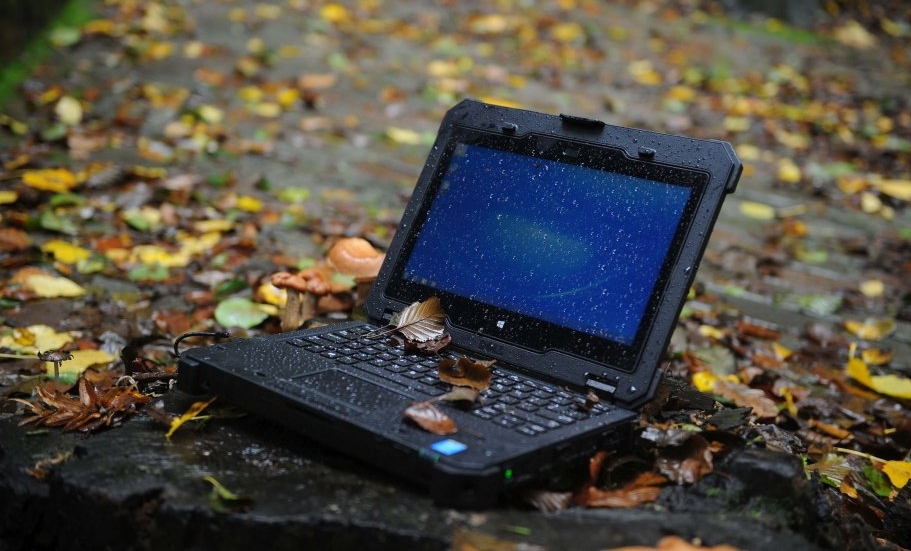
All devices will benefit from flexible OLED
The same benefits apply to every other screen-based device. When mobile devices implement invulnerable OLED screens, the risk of cracking the phone screen rendering it useless is completely eliminated. Moreover, the weight of mobile devices could also decrease by half or more. Mobile phones can become truly featherweight. Televisions, of which their primary weight is of the screen itself, will be completely transformed.
Instead of a lightweight television being 40 pounds, instead, televisions could be even larger and weigh perhaps 5 pounds or less, and never have any risk of getting broken. Another huge benefit would be the ease in mounting a television that weighs about the same as a picture frame. No longer would consumers need to get heavy TV mounting brackets, but could hang the TV on the wall using traditional picture frame brackets like a picture. This isn’t even to mention the potential benefits from anti-glare by having a screen which is not glass.
OLED truly is the next revolution in technology that hopefully is coming very soon. While it is already being used, it is housed inside a glass screen which defeats the benefits it can provide. When it is finally implemented into laptops and mobile phones, users will no longer have to fear their expensive investments being destroyed by a mere crack. And with the transformation extending to every area of computing, televisions, and mobile devices, this will radically shift the way that we interact with our technology, allowing us to use our technology more freely than ever before, and making our devices more portable than ever before thought possible.



